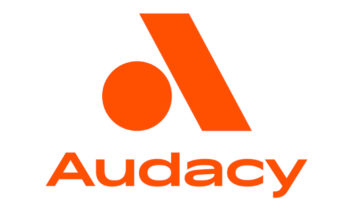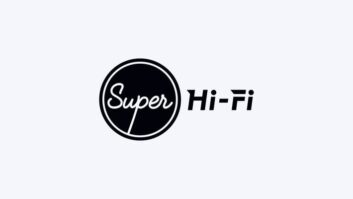
Greg Ogonowski is out with what he calls a broadcast-quality audio app for Apple devices.
His company, Modulation Index in Los Angeles, introduced StreamS HiFi Radio, a $4.99 Internet radio app for use on iPhones, iPod touch and iPad hardware.
“Via the StreamS Directory, StreamS supports and lists thousands of high-quality AAC and HE-AAC streams including AM/FM stations and Net streams,” the company stated. Users can add their own streams within the app if not already listed in the directory. “Although the directory is AAC/HE-AAC only, manual entry permits AAC/HE-AAC and MP3 streams to be entered and saved as Favorites,” it said.
The app also allows search and favorites functions, and supports social networking and album art.
The big selling point is fidelity: “Because the StreamS App decodes HE-AAC and AAC correctly, listeners will hear these streams in full fidelity the way their creators intended. Many of the dedicated single-station and other player Apps decode HE-AAC incorrectly or do not support AAC/HE-AAC at all.”
Modulation Index also made reference to a discussion that has made news this week: “Apple’s Steve Jobs recently decided that many single-station players have no place in the Apple iTunes App Store because of their limited functionality and cut-and-paste similarity to other players from the same developers,” it said in the announcement.
“Additionally, many of these apps sound bad, the most common and egregious problem being frequency response that extends to less than 15 kHz even when a stream itself contains all of the data necessary to achieve 15 kHz bandwidth, which is the minimum audio bandwidth required for high fidelity. These problems prevent the Apple hardware from providing a high-quality user experience.”
Ogonowski and his company developed Orban Opticodec-PC HE-AAC encoders. (He’s also a VP for Orban.) He said in the announcement that the HE-AAC decoding “gives listeners the best fidelity possible and provides capabilities that are more than competitive to satellite and HD Radio, whether heard on earbuds, auto sound systems, or home stereos. … Moreover, we have found that unlike cellular voice channels, the high-speed data-grade mobile channels used by this service are typically free from dropouts, noise bursts and unexpected disconnections.”









